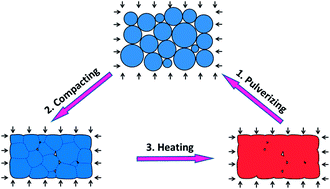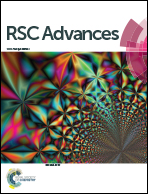Reprocessing and recycling of thermosetting polymers based on bond exchange reactions
Abstract
It was recently reported that thermally malleable polymers with bond exchange reactions (BERs) can rearrange their microscopic network topology without impairing the network integrity. Besides, two pieces of polymers were shown to be able to weld together upon heating without introducing additional monomers or chemicals on the interface, enabling thermoforming, self-healing, and reprocessing of the polymer, which has drawn significant interest in the study of this type of polymers. This new breakthrough also opens an avenue to recycle thermoset polymers that traditionally are very difficult to recycle. This paper experimentally studies the reprocessing and recycling ability of a thermoset polymer (an epoxy thermosetting network) with exchangeable bonds in a pulverous state. Due to the large surface area and small size of polymer particles, their handling, transportation, and storage can offer convenience in comparison with traditional polymer scrap in bulk form, which can advance their immediate industrial applications in thermoset recycling, structure rehabilitations and component rework. A detailed investigation was performed to study the effect of reprocessing conditions (such as time and pressure) on the material mechanical performance. The reprocessing routine was also repeated multiple times (representing multiple generations of recycling) to manufacture complex objects and to join two separate bulk polymers.

- This article is part of the themed collection: Renewable materials and recycling

 Please wait while we load your content...
Please wait while we load your content...